Introduction:
For mums who are always on the go, knowing how breast pumps work can do wonders to your day-to-day schedule. Imagine being able to embrace flexibility and still be able to give priceless nourishment.
In this article, we explore how breast pumps work and how they can benefit you and your baby in the breastfeeding journey. Don’t worry, we’re here to simplify things for you so you can express love and nutrition with ease and comfort.
Quick Summary
- Breast pumps empower mum to nourish their babies while allowing them to multitask for a smoother feeding experience.
- Select a breast pump that aligns with your lifestyle and needs.
- Regularly clean and sterilise your pump for a hygienic breastfeeding experience.
Why You Might Need a Breast Pump
Breast pumps can be an essential tool for breastfeeding mums as they offer the benefits of flexibility, convenience, and support in many situations. Here are several reasons why a breastfeeding mum might need a breast pump:

-
Expressing and Storing Milk:
-
Maintaining Milk Supply:
-
Relieving Engorgement:
-
Returning to Work or School:
-
Medical Issues:
-
Promoting Independence:
Overall, breast pumps empower mums to navigate various aspects of their lives while ensuring their babies receive the nutritional benefits of breastfeeding.
Benefits of a Breast Pump
-
Flexibility in Feeding Schedule
-
Maintaining Milk Supply:
-
Less Discomfort:
How to Use a Breast Pump
Learning how to use a breast pump effectively is essential for a seamless breastfeeding experience. Here's a step-by-step guide that can help you get started:

-
Preparation:
- Wash your hands thoroughly before handling the breast pump and associated accessories.
- Assemble equipment according to the manufacturer's instructions.3
-
Find a Comfortable Position:
- Sit in a relaxed and comfortable position to ensure proper back support3 to avoid strain during pumping.
-
Proper Flange Fit:
- Choose a breast shield (flange) that fits comfortably over your nipple without causing pain or friction.3
- Centre your nipple in the flange for optimal suction.
-
Stimulation Phase:
- Engage the pump in stimulation mode if available. This mimics a baby's initial rapid sucks to trigger milk letdown.3
- Gently massage your breasts or use a warm compress to encourage milk flow.
-
Expression Phase:
- Once the milk starts flowing, switch to the expression mode for a slower and deeper suction.
- Adjust the suction strength to a comfortable level, avoiding discomfort.3
-
Pump Both Breasts:
- If using a double electric pump, pump both breasts simultaneously to save time and encourage symmetrical milk production.
-
Timing and Frequency:
- Aim for 15-20 minutes of pumping per session, mimicking a typical breastfeeding duration.3
- Pump regularly, especially if you're maintaining milk supply or storing breast milk for future use.
-
Cleaning and Storage:
- Disassemble the pump and clean all parts according to the manufacturer's guidelines. 3
- Store expressed milk in labelled and dated containers in the refrigerator or freezer.
-
Comfort and Relaxation:
- Ensure a comfortable and relaxing environment during pumping. 3 Consider playing soothing music or practising deep breathing to enhance milk flow.
By following these steps and learning how to use breast pumps, you can express milk comfortably and effectively, supporting your breastfeeding goals.
How Do I Choose the Right Breast Pump for My Needs?
Choosing the right breast pump is important for an efficient breastfeeding experience. Consider the following factors:

-
Identify Your Lifestyle:
- Manual Pump:
- Ideal for occasional use.
- Suited for those who prefer a more controlled pumping experience.4
- Single Electric Pump:
- Convenient for occasional use.
- Efficient for mums who breastfeed and only need to pump occasionally.
- Double Electric Pump:
- Suitable for regular pumping.
- Time-efficient as it allows pumping both breasts simultaneously. 4
-
Consider Your Pumping Frequency:
- Hospital-Grade Pump:
- Beneficial for frequent and extended use. 4
- Often recommended for establishing or maintaining milk supply.
-
Portability and Convenience:
- Hands-Free/Wearable Pump:
- Emphasises convenience and mobility.
- Allows multitasking while pumping, fitting seamlessly into a busy lifestyle. 4
-
Suction Strength and Adjustability:
- Ensure the pump has adjustable suction levels to customise the experience based on comfort and milk flow. 4
-
Ease of Cleaning:
- Choose a pump with fewer parts for easy disassembly and cleaning, particularly if you have a busy schedule.
-
Consult with Healthcare Professionals:
- If you have specific medical considerations or challenges, consult with healthcare professionals for personalised recommendations.
-
Read Reviews and Seek Recommendations:
- Research reviews from other mums who have similar needs.
- Seek recommendations from friends, family, or lactation consultants.
-
Check Insurance Coverage:
- Verify if your health insurance covers the cost of a breast pump, and if so, which types are eligible.
By considering these factors, you can choose a breast pump that aligns with your lifestyle, frequency of use, and personal preferences, ensuring a positive and tailored breastfeeding experience.
FAQ:
How Do I Properly Clean and Sterilise a Breast Pump?
- After Each Use:
- Disassemble and rinse pump parts with cool water.
- Clean with hot, soapy water using a dedicated brush.
- Sterilise:
- Sterilise parts using a steam steriliser, microwave bags, or boiling water for 5 minutes.
- Air Dry:
- Allow parts to air dry on a clean surface.
- Store in a covered container when not in use.
- Avoid Dishwashers:
- Hand washing is recommended, as dishwashers may damage delicate pump parts.
- Follow the Manufacturer's Instructions:
- Adhere to the cleaning and sterilising guidelines provided by the pump's manufacturer.
Maintaining this routine ensures a clean and safe breast pump for expressing milk for your little one.
How Often Should I Pump, and for How Long Each Session?
- Frequency: Pump every 2-3 hours, or as often as your baby would feed, to establish and maintain milk supply.
- Session Duration: Aim for 15-20 minutes per pumping session, mimicking a typical breastfeeding duration, to effectively express milk.
How Should I Store Expressed Breast Milk, and How Long Is It Safe to Keep It?
Storing Expressed Breast Milk:
- Containers: Use clean, BPA-free containers or breast milk storage bags.
- Refrigeration: Store in the refrigerator for up to 4 days at 32-39°F (0-4°C).
- Freezing: Freeze for longer storage, up to 6 months at 0°F (-18°C) or lower.
- Labelling: Label with the date and use the oldest milk first.
- Avoid Reheating: Warm the container by placing it in warm water; avoid microwaving.
Adhering to these guidelines ensures the safety and quality of expressed breast milk for your baby.
Final Thoughts:

In wrapping up our topics in the world of breastfeeding and breast pumps, always remember that every mum’s journey is unique, and choosing the right breast pump can make a significant impact for you and your bub. From understanding the benefits of breast pumps to the proper usage, cleaning, and storage, all of these essential aspects can support you in your breastfeeding experience.
In learning about how breast pumps work, you can experience a better, healthier breastfeeding journey. For modern mums on-the-go, new mums, or mums who want to try breast pumps, explore our range of Australia’s #1 choice of hands-free breast pumps. Discover freedom and comfort that allows you to nurture your little one while embracing your busy lifestyle.


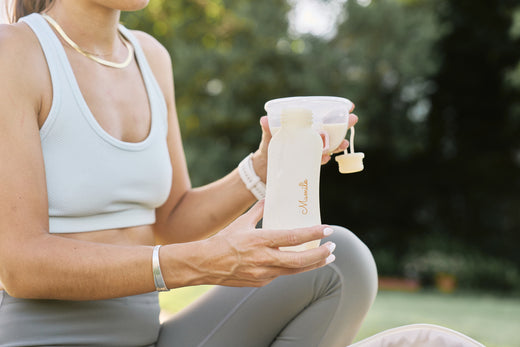
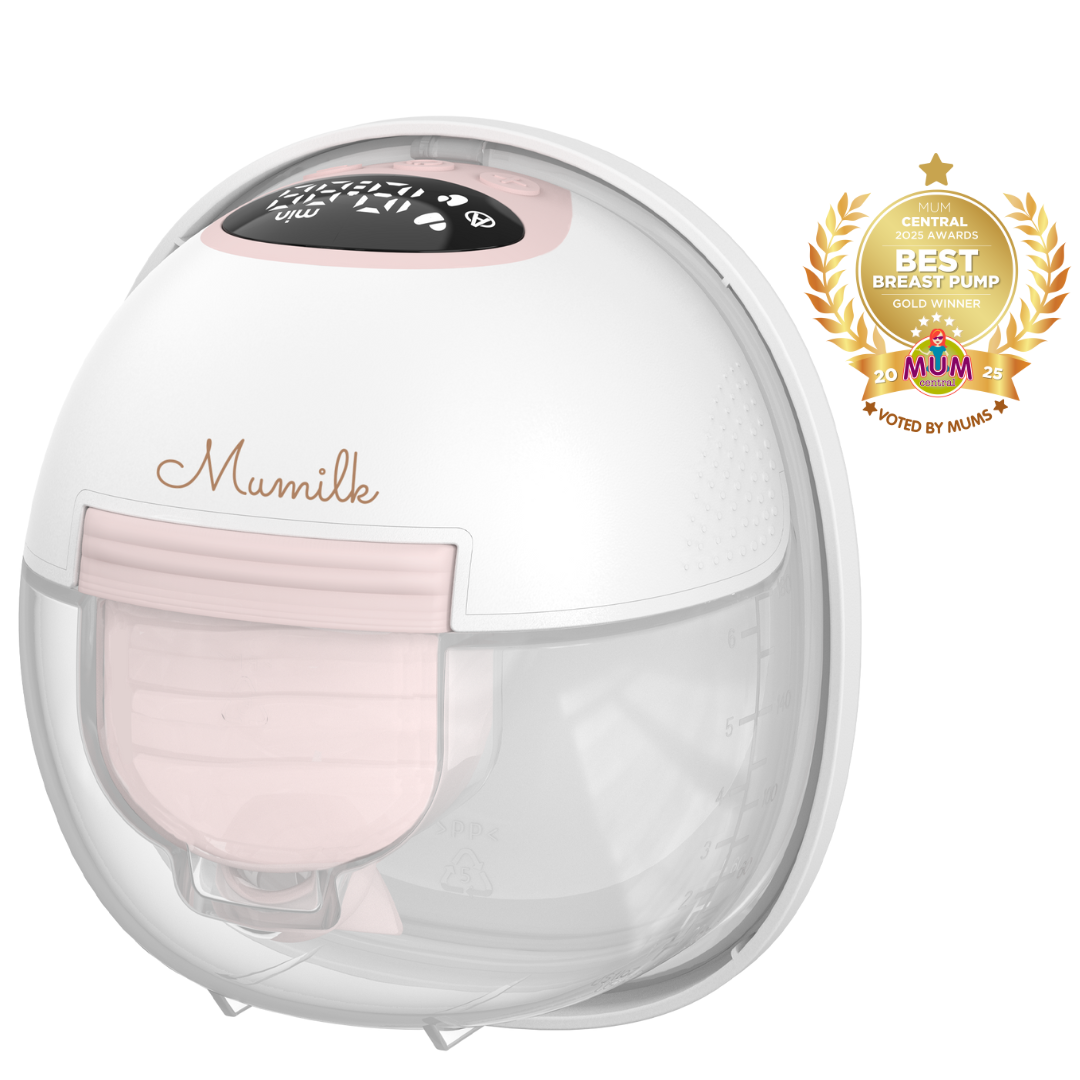
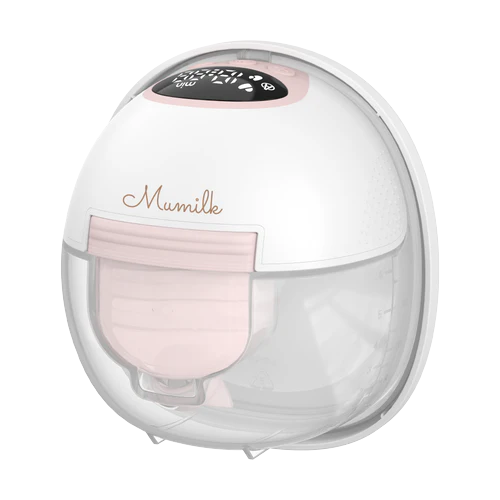
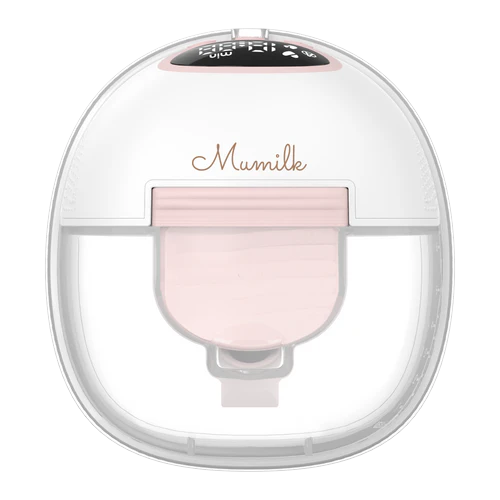
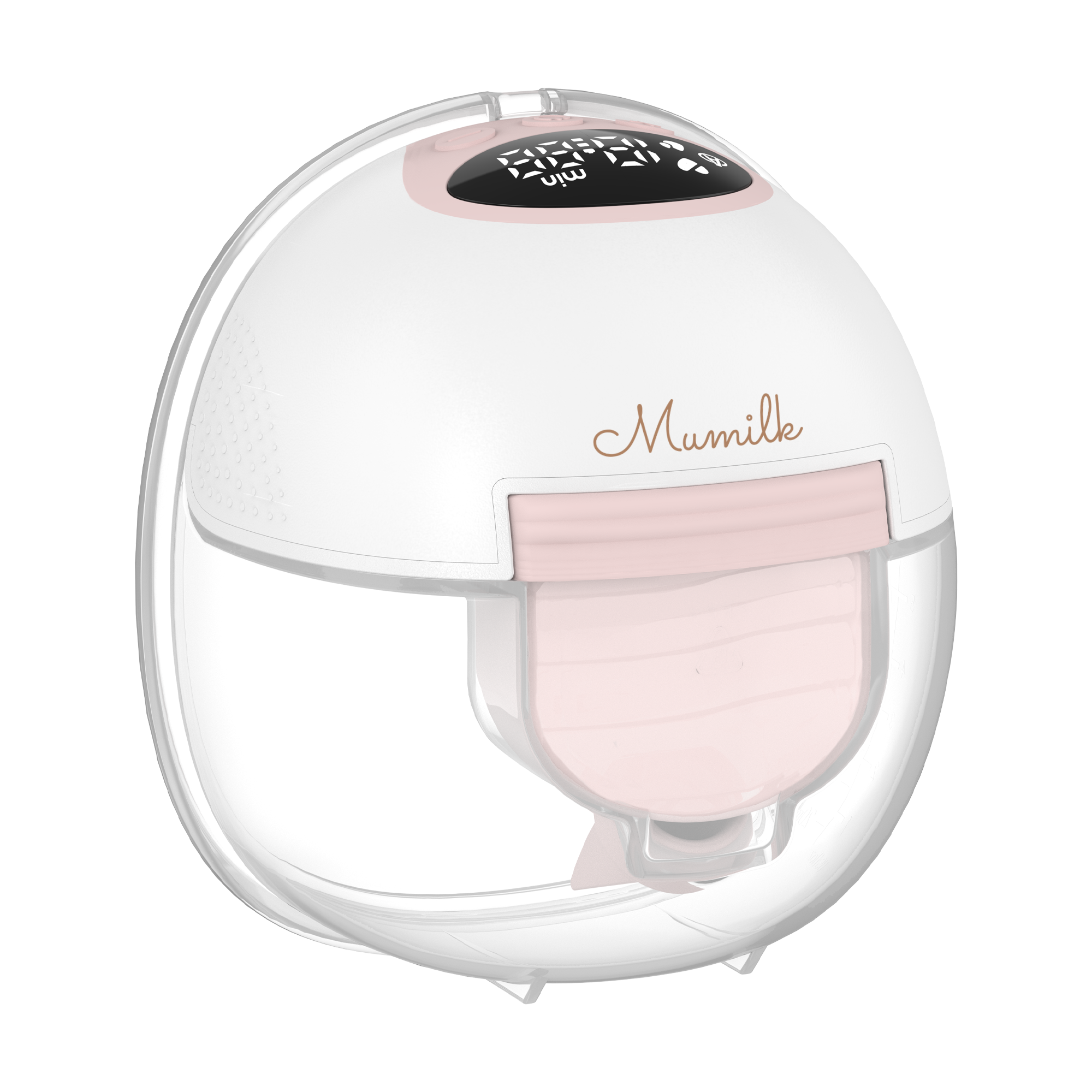
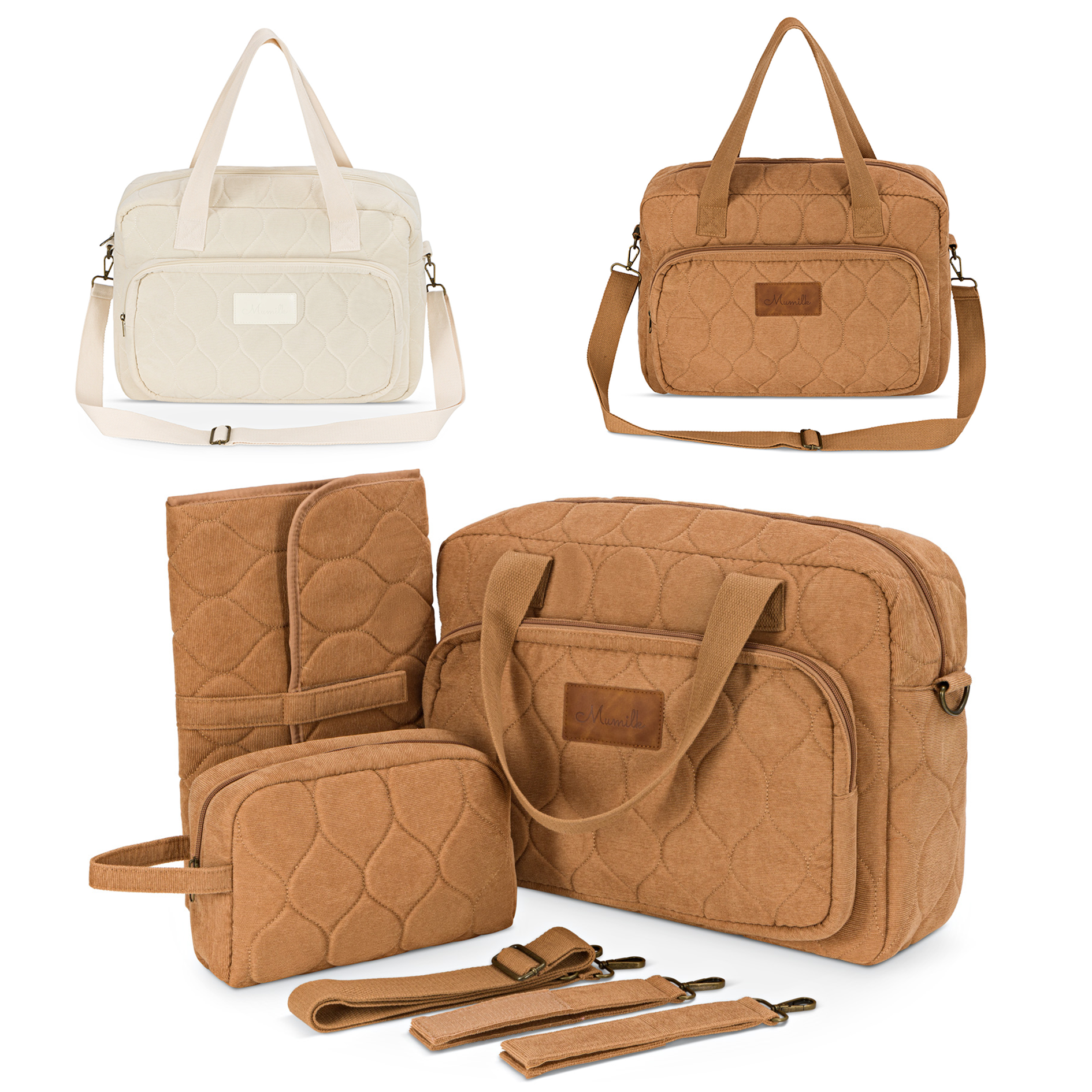
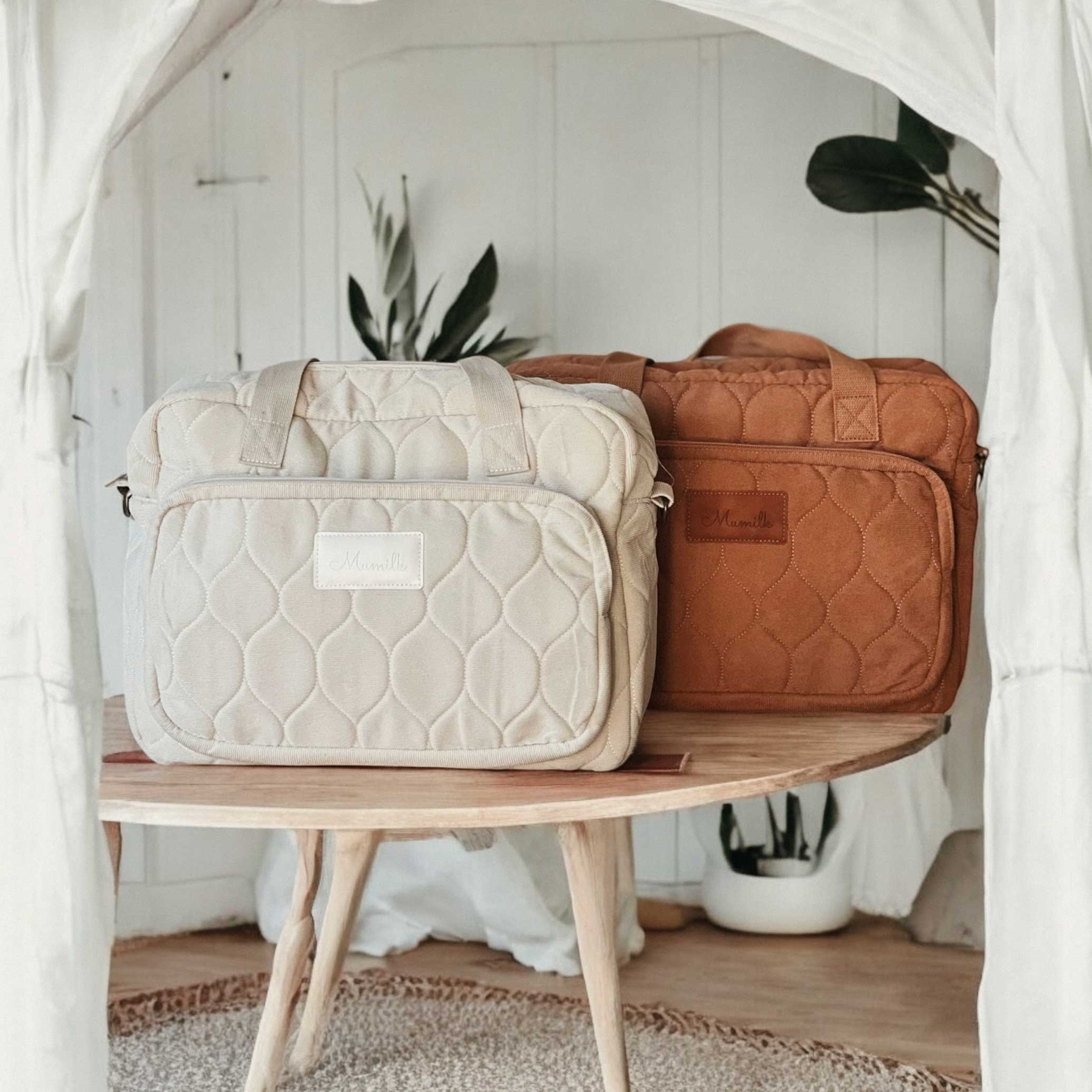
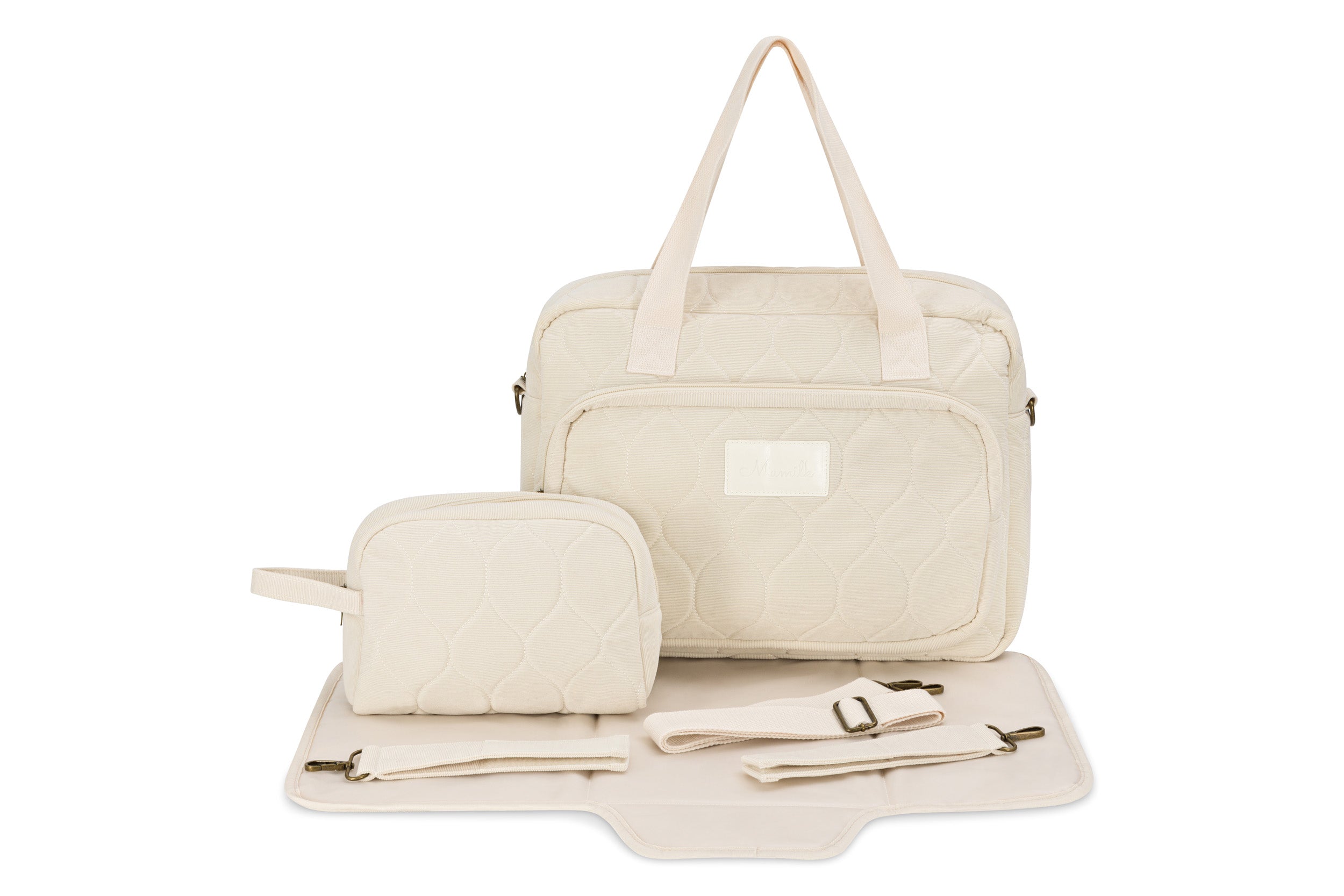
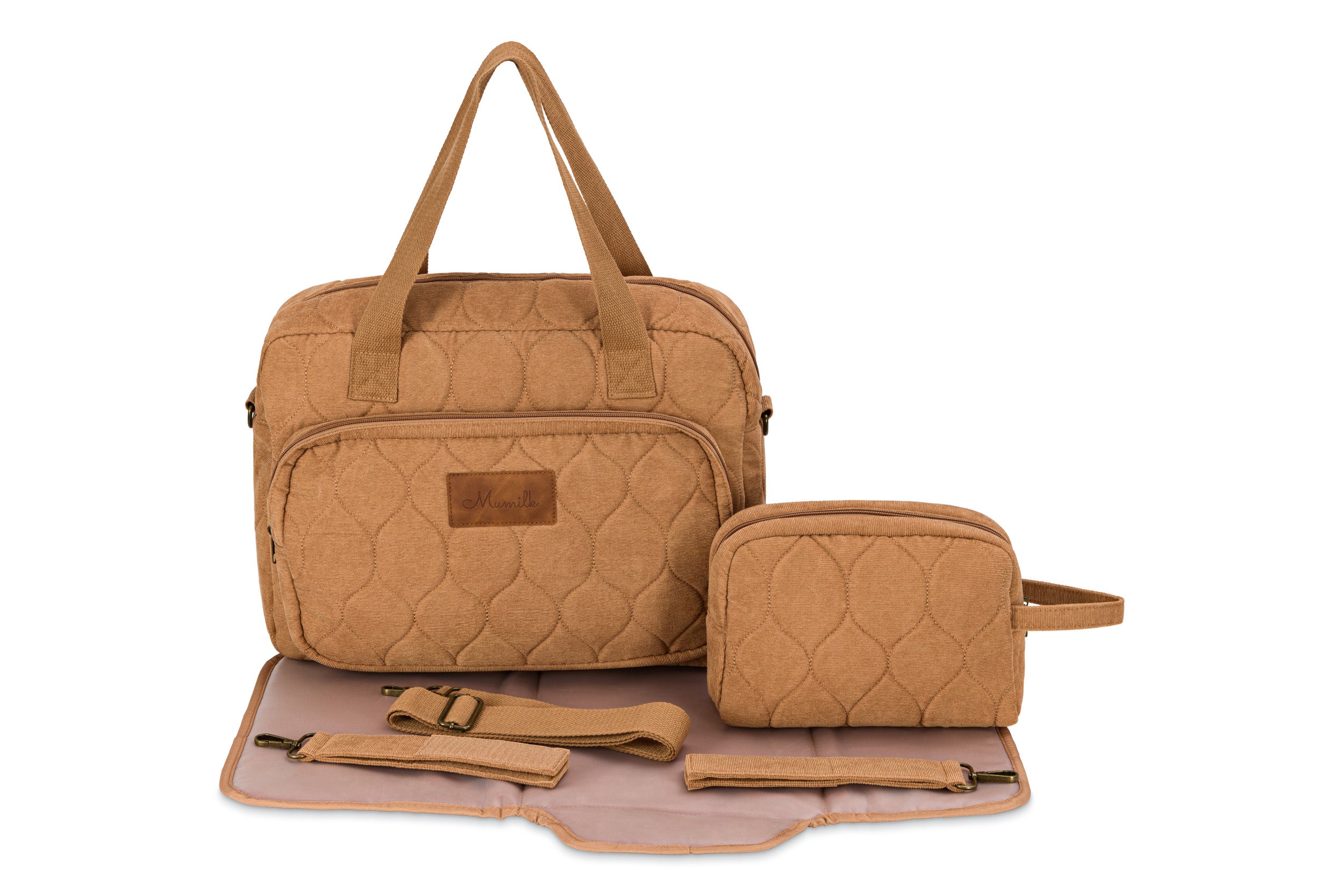
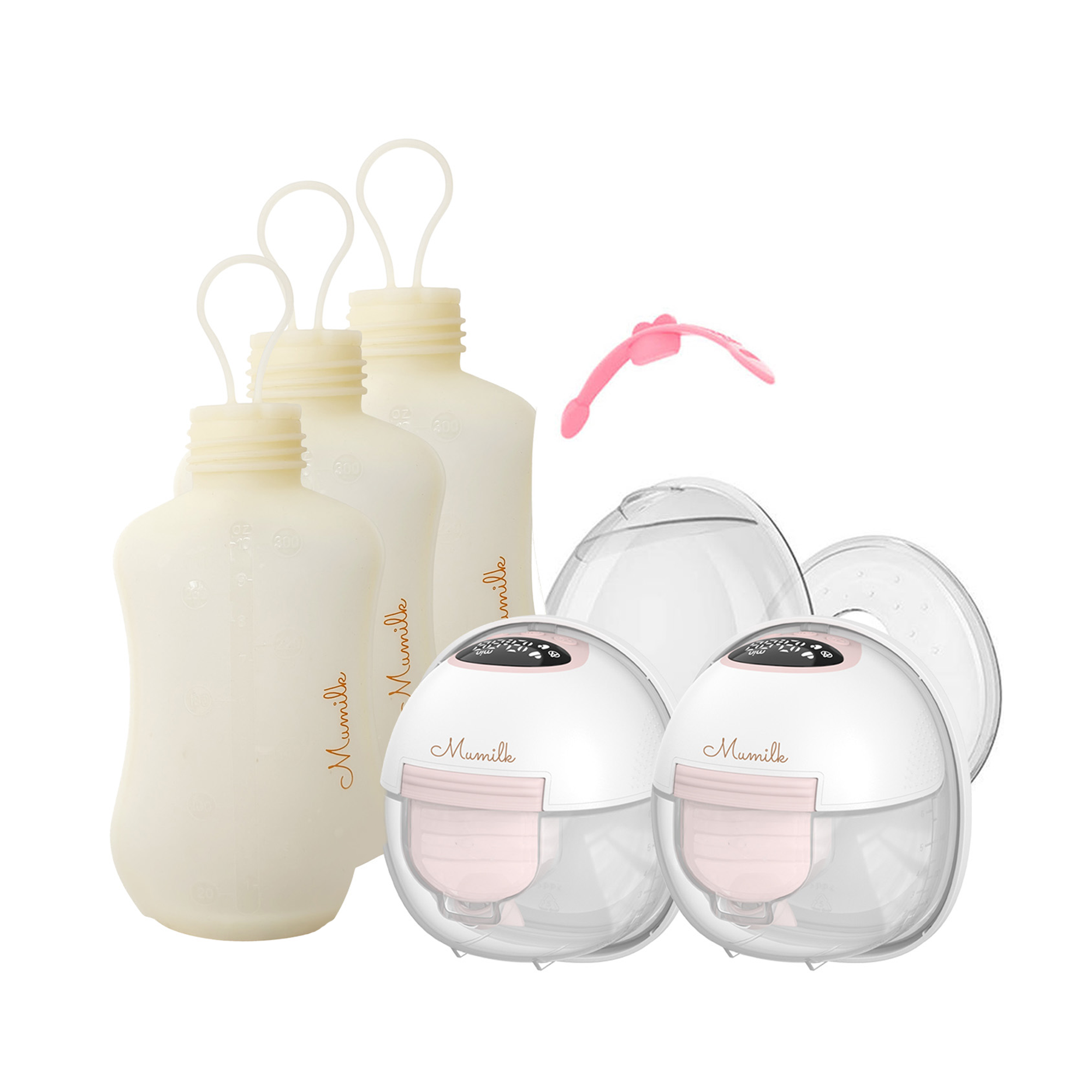
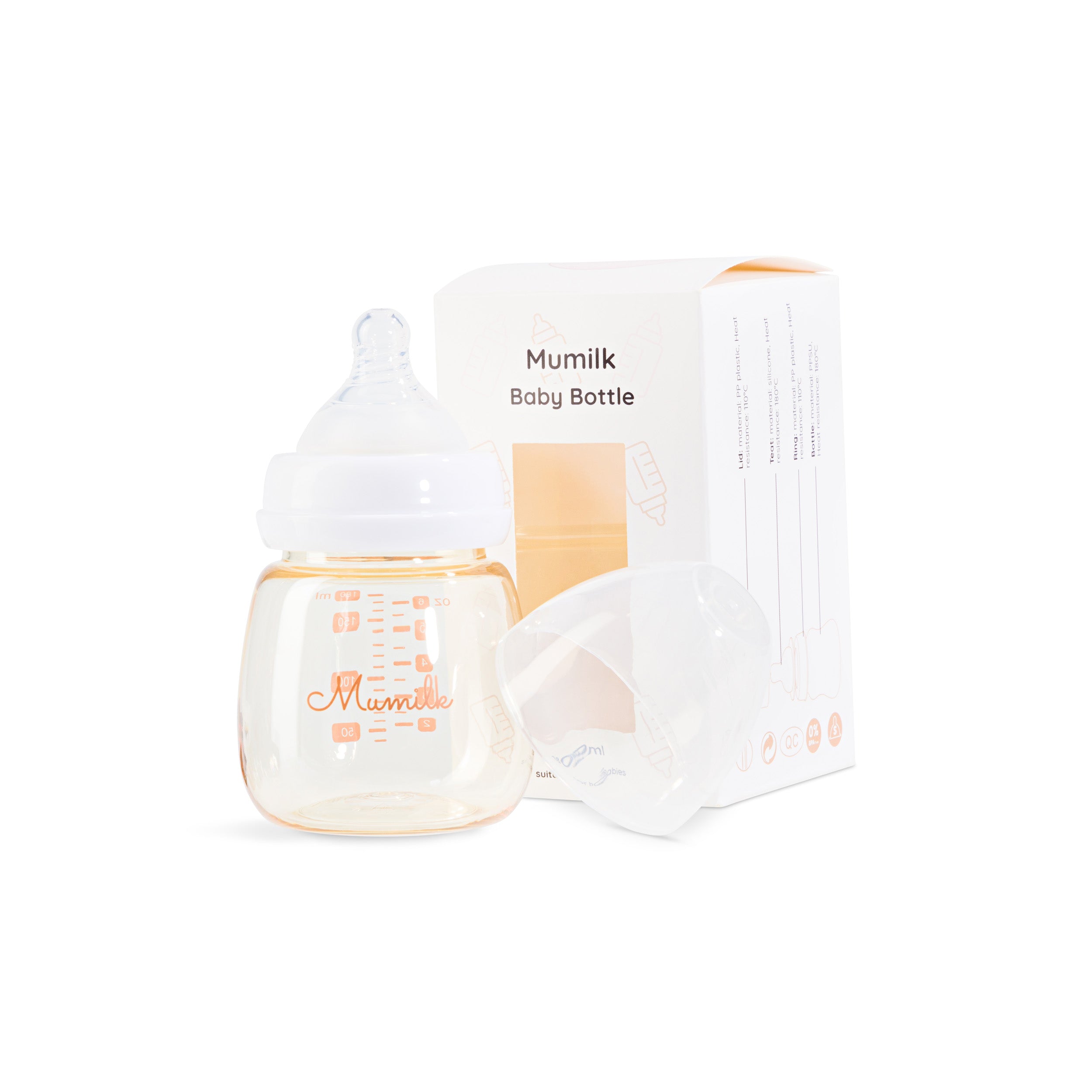
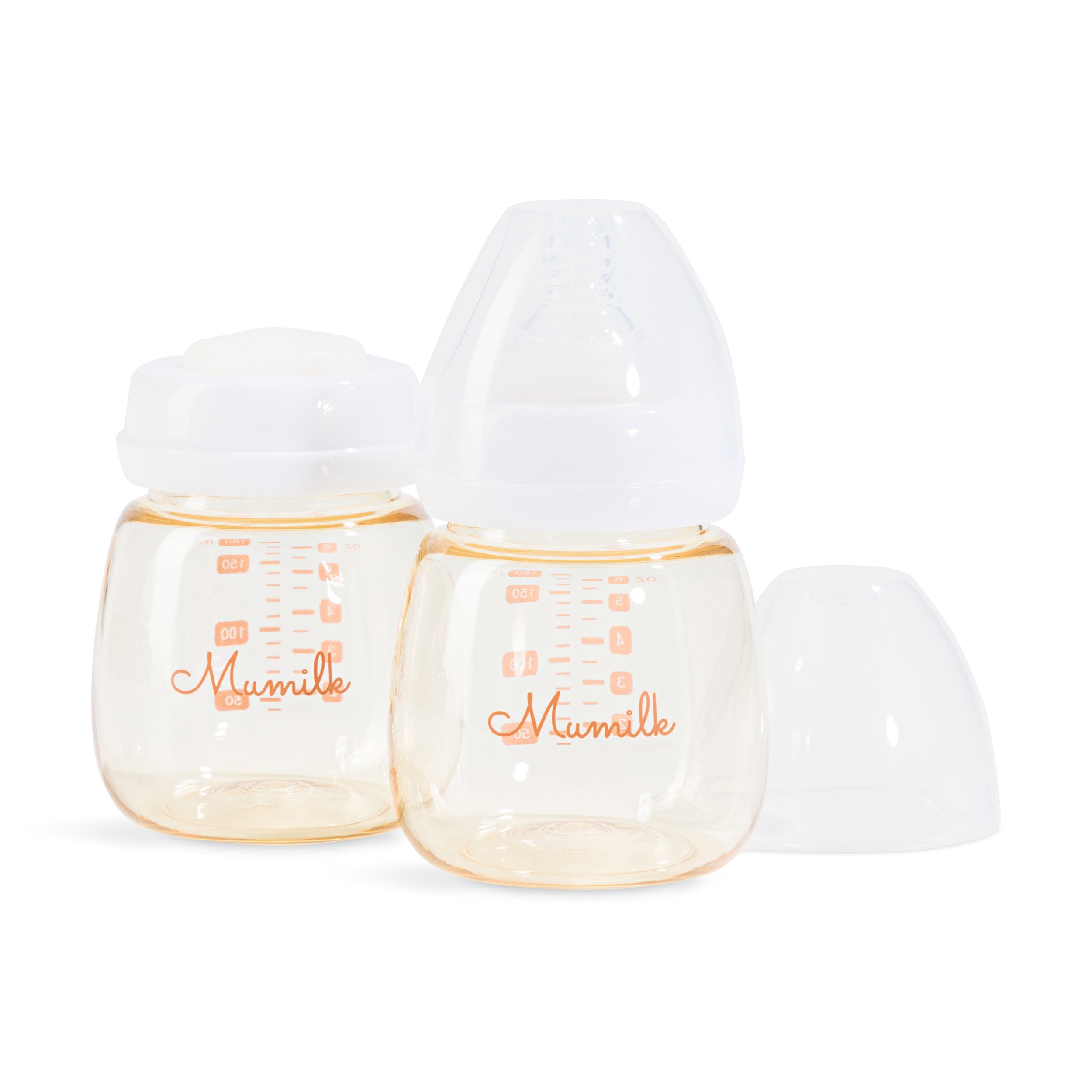
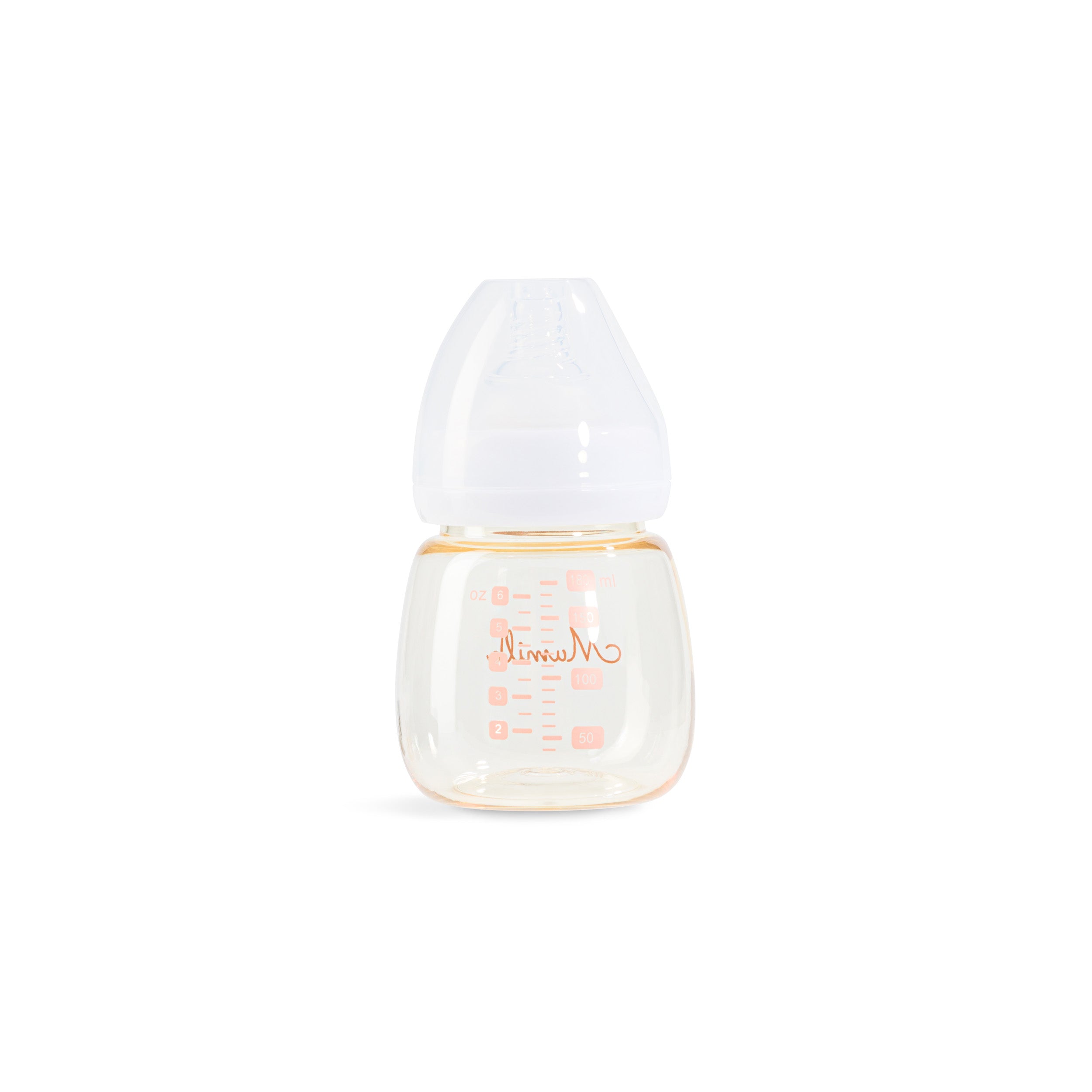
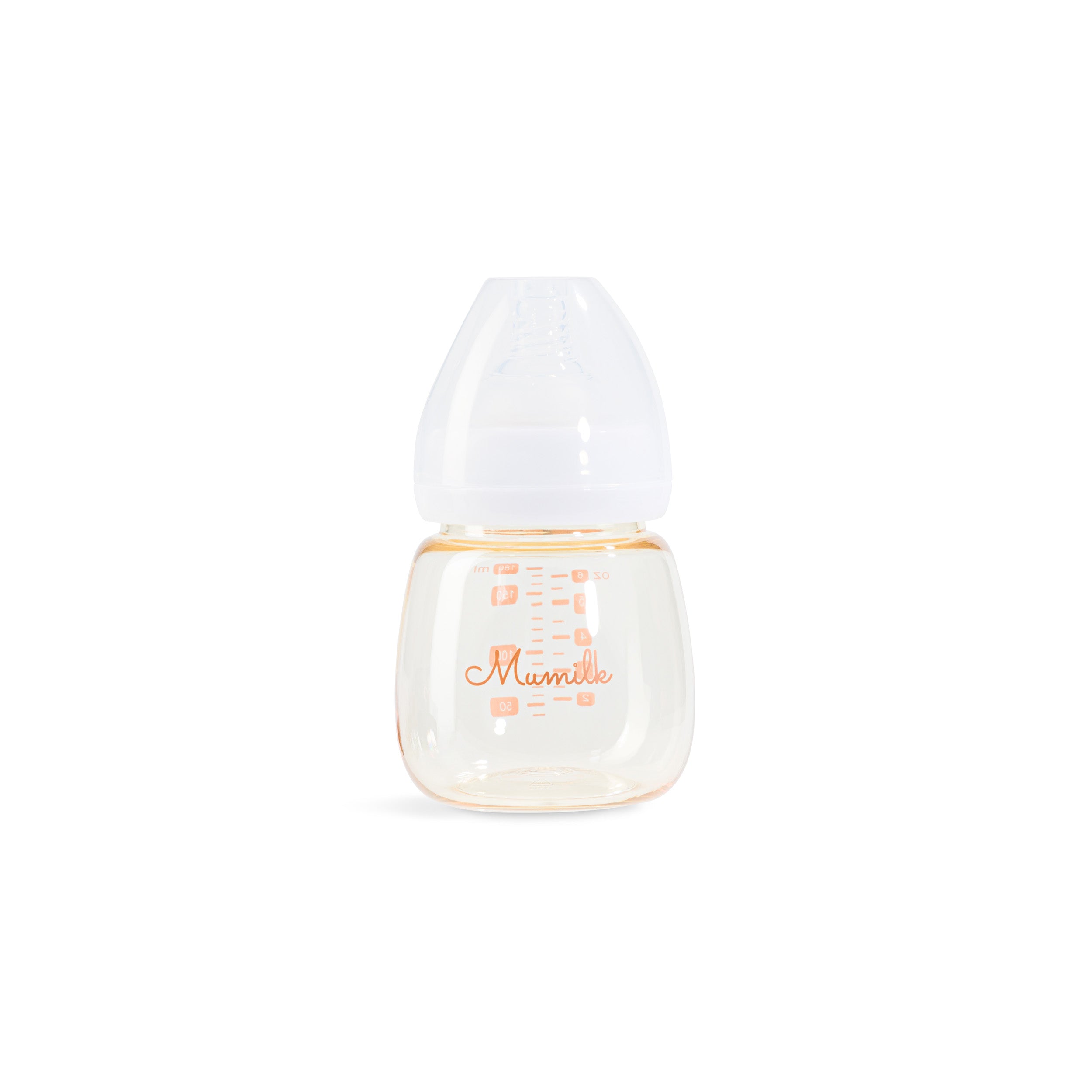
Share:
Should I Buy a Breast Pump Before Birth?
How Do Wearable Breast Pumps Work?